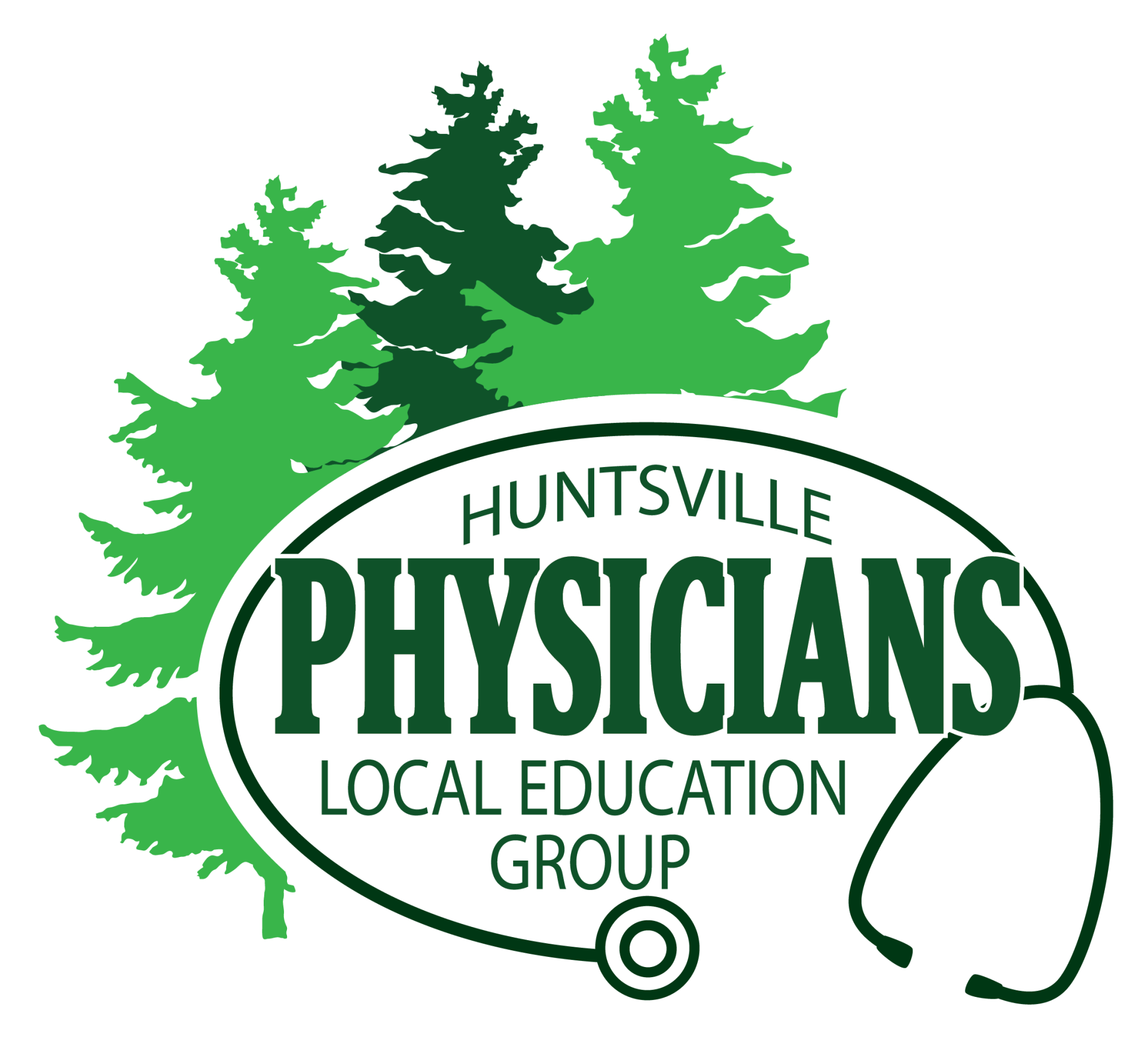COMPLETED - Evaluation of Two Models of Inpatient Care in a Rural Hospital
Melanie Mar, MD, CCFP, Jenna Smith-Turchyn, PhD, PT, John Lapp BSc., and Lisa Allen PhD.
Hospitalists are physicians who specialize in the practice of hospital medicine and are the fastest growing specialty in the history of medicine (1,2). Their growth is driven by their ability to increase clinical efficiency in the hospital. According to the Society for Hospitalist Medicine, formed in 2003, hospitalists have grown from a few hundred in the 1990’s to over 30,000 in 2013, with an increase of 20% between 2005 and 2006 alone (3,4). In Canada, the hospitalist model is increasingly being employed, with more than 100 institutions having hospitalist programs, often at the cost of traditional family physician providers (5).
For physicians entering the workforce, quality of life is becoming more of a priority. This has led some physicians to switch from their initial specialty to family medicine due to the increased workload of specialists and a lack of enjoyment for their time spent in the hospital setting (5). Others, however, choose family medicine because they value the diversity of this stream of medicine, particularly in rural practice where they are often required to have the broadest scope possible usually including hospital care, obstetrics and office care (5,10,11). The question remains whether patients are better served having a hospitalist care for them, who may develop better clinical skills, experience and deeper knowledge of acute medicine than a family physician who serves a far more diverse population (5).
The family physicians in Huntsville have formed a family health team that consists of 25 physicians, all but 6 of whom have hospital privileges. Each family physician has an active practice, some with specializations in obstetrics, palliative care, sports medicine and other areas. Additionally, those with hospital privileges work in a scheduled rotation to act as a hospitalist on a weekly basis throughout the year. Traditionally, each physician was responsible for inpatient care of their own patients and the ‘on call hospitalist’ only saw ‘orphan patients’ or those who were not from the area.
In the 2016 and 2017 summer months, the family health team agreed to have 2 hospitalists on per week to provide care to all attached and unattached inpatients. There were a number of anticipated benefits to this revised model of care. Firstly, by splitting the inpatient load between two clinicians, the caseloads for each physician would be more amenable to safe and quality patient care. In addition, the anticipated reduction in inpatient caseload would potentially allow physicians to maintain their office practice during the week and improve the clinicians’ work life balance. Lastly, this model was felt to be more attractive for locum physicians.
It was decided by the group that in June of 2018, the 2-hospitalist model would be continued throughout the year due to persistently high admission rates. The addition of over census inpatient beds also contributed to higher caseloads year-round. Higher caseloads increase the risk for unsafe and poor-quality patient care as well as negatively impact clinicians trying to manage their inpatients and community practices.
Presently, the physicians and hospital are seeking to evaluate the current inpatient model of care, specifically, with respect to cost efficiency, patient safety, quality of care and clinician satisfaction. The goal of this project is to determine the most cost-effective way to deliver the best quality care to patients in rural communities. We aim to determine if there truly is a need for two hospitalists within the hospital, or if the population would be better served with the addition of another family physician. Also, based on workload per physician, we aim to determine if quality of care is being compromised when the patient load is high, and determine what patient load is ideal per family physician/hospitalist.
The quantitative information required for this study will be collected in from ICES and qualitative data will be collected through physician, staff and administrative focus groups and surveys. The ICES data collected will compare the time period prior to the use of two hospitalists to the three periods of time when the 2-hospitalists model was incorporated. Data investigated will be; length of stay, 30-day readmission rate, number of orphan patients, where they are from and if they have a family physician identified, as well as comparison of quality-based performance measures before and after implementation of the 2-hospitalist model. ICES will be tasked with data collection analyses and reporting.
There will be six focus group sessions over the course of two years to allow relevant parties the opportunity to participate. The sessions will be moderated by a researcher trained in qualitative research methods. The community will be invited to sign up for a focus group through local news and public advertisement. There will be notices in physician offices and the notice board within HDMH inviting patients, physicians and patient care staff to attend. An email invitation will be circulated to board members, administrators, HDMH staff and physicians to invite them and notify them of all available dates.
A survey will also be developed for distribution to the hospital staff and the physicians to determine the areas of highest importance and where improvements can be made/have been made through this initiative. This will also query about quality of life for staff, physicians and what the impact of having a second hospitalist on routinely has on each party.
The findings from this study will be used to make recommendations on best practices moving forward with consideration from all stakeholders and evidence-based quantitative data supplied by the ICES analyses.
Status Update: We have held all focus groups to date which have obtained a lot of valuable feedback. The transcripts have been completed and the qualitative data is being analyzed. ICES has completed the quantitative data analysis and provided a preliminary report. The surveys are in the process of being sent out to all of the Huntsville District Memorial Hospital Staff.
